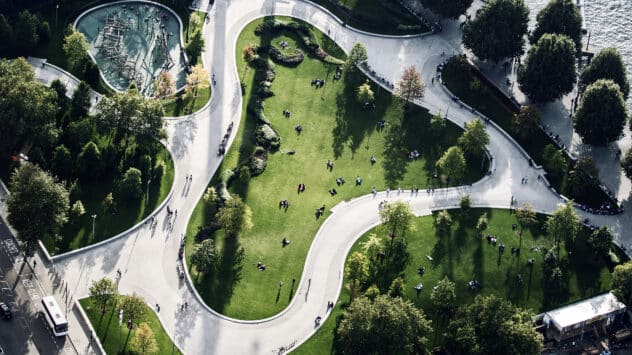
UK’s Greenest City Centers Named in New Study
A new study conducted by the University of Sheffield surveyed 68 city centers in the UK, ranking them on their vegetation, parks, tree cover and sports fields.

A new study conducted by the University of Sheffield surveyed 68 city centers in the UK, ranking them on their vegetation, parks, tree cover and sports fields.

By Julian Agyeman Hunger is not evenly spread across the U.S., nor within its cities. Even in the richest parts of urban America, there are pockets of deep food insecurity, and more often than not it is Black and Latino communities that are hit hardest. As an urban planning academic who teaches a course on […]

By Andrea Willige More than half of the world’s population lives in cities, and most future population growth is predicted to happen in urban areas. But the concentration of large numbers of people and the ecosystems built around their lives has also been a driver of climate change. Cities are responsible for 70% of global […]
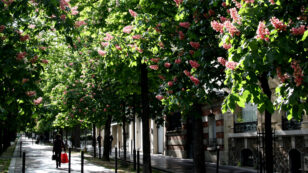
By Charli Shield Not too long ago, many people weren’t sure if trees had a place in cities. People, cars, houses and buildings made up urban areas — there wasn’t much room for nature. Trees now have a fundamental place in many big cities around the world, says Sonja Dümpelmann, landscape historian at the University […]
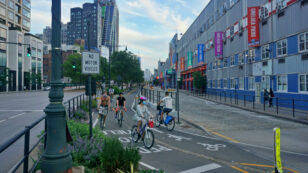
By Kevin J. Krizek Sticking closer to home because of COVID-19 has shown many people what cities can be like with less traffic, noise, congestion and pollution. Roads and parking lots devoted to cars take up a lot of land. For example, in Phoenix, Los Angeles and New York City these spaces account for over […]
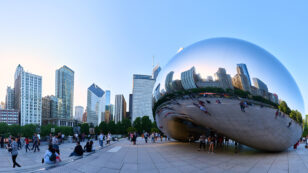
By Andrea Germanos Chicago made history on Wednesday by becoming the largest U.S. city to commit to 100 percent renewable energy before the middle of the century. It is, in the summation of Kyra Woods, Chicago organizer with the Sierra Club’s Ready for 100 Action Campaign, “a monumental achievement.” Chicago Becomes the Largest City in […]
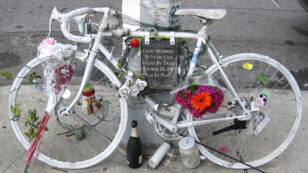
By John Rennie Short As cities strive to improve the quality of life for their residents, many are working to promote walking and biking. Such policies make sense, since they can, in the long run, lead to less traffic, cleaner air and healthier people. But the results aren’t all positive, especially in the short to […]
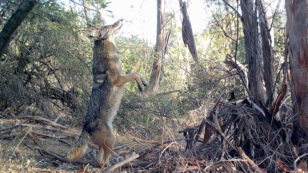
By Jeff Turrentine I used to live in a hilly, temperate corner of the American west, right near the banks of a meandering river. On late-evening walks with my two dogs, I would routinely encounter all manner of economy-size mammalian wildlife: skunks, raccoons, opossums, coyotes. Sightings of a mountain lion in the area had occurred […]
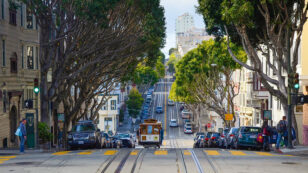
By Trina Hamilton and Winifred Curran There are many indexes that aim to rank how green cities are. But what does it actually mean for a city to be green or sustainable? We’ve written about what we call the “parks, cafes and a riverwalk” model of sustainability, which focuses on providing new green spaces, mainly […]